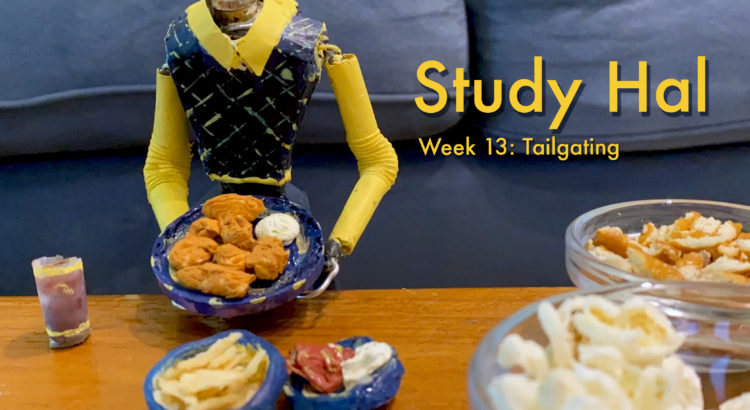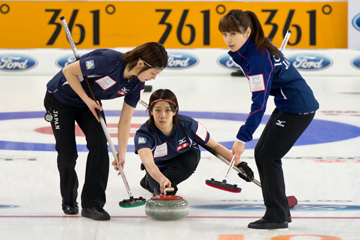The wind whipped through Kendra’s thin excuse of a raincoat, and harsh droplets stung her cheeks and speckled her glasses. Her arms were drawn into her sides as she stood, shivering, her feet planted in a 45-degree angle and the tips of her fingers red and numb. Locked in her left hand was her cell phone with its shattered screen protector and worn case, opened on an intricate display of symbols and letters across a coordinate plane. She squinted at the screen now, at the highlighted dot at the head of a thin lime line, the opposite end of which marked where she currently stood.
The wind picked up, flung a punch directly into her slight form. Behind her, someone let out a curse he thought nobody else would hear. He must have nearly shouted, since she could hear him well enough despite the thick foam plugs wedged into her ear canals. Not that she blamed him. She was biting back her own gripe, but she was saving her lips and breath for playing, and she did not have much air left.
A command made faint by the plugs in her ears prompted her to travel to her next dot. Another backwards move–seriously?–in sixteen counts, and diagonally to boot. Still, she scurried to the next spot on the field with haste, if only to warm herself for five seconds.
The hand holding her horn was frigid. Even with the grease-stained, formerly white glove on, the low temperature, drizzle, and gusts brutalized her extremities, and it wasn’t like these gloves were meant for insulation. They were meant for playing this damn instrument, a rental from the band hall with a sticking valve and perpetually flat tone, that she played outside of practice, oh, maybe once or twice a week if she felt like it. If she thought she stood a chance, she’d practice harder, almost every day, but things had tapered off once she’d realized she wasn’t as good as the other kids in her section. She’d tried to get her motivation back several times, but it just wasn’t there anymore, like she’d somehow given up.
Another direction issued from the tower compelled her to run back to her previous dot, phone in one hand and rain-slicked brass instrument in another, her ears stinging and the hood of her jacket flopping back, dodge a random cymbal player, and stand at attention, all while shoving her phone back into its pocket on the inside of her jacket. They’re just marching for now, sixteen steps back with their respective instruments held aloft, yet Kendra found herself doubting her step size, her ability to march in time to the metronome.
This was for the homecoming game; everyone was in the show, regardless of how good they were. Kendra was thrilled to be out on the field marching actual drill and learning music for a show she would perform, yet she could not shake the nagging notion, the mantra that sometimes kept her awake at night:
You’ll never be good enough for this.








